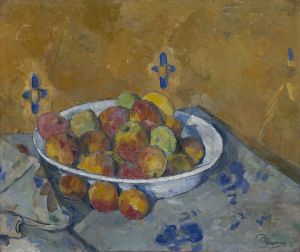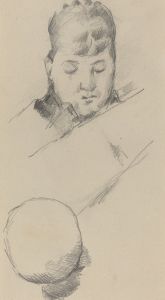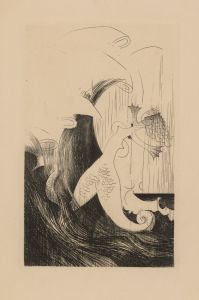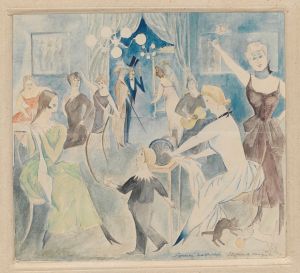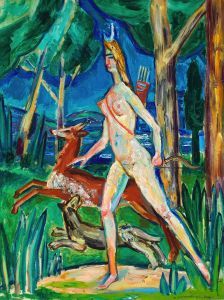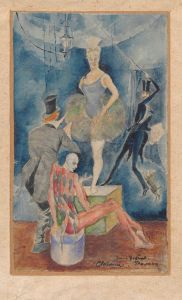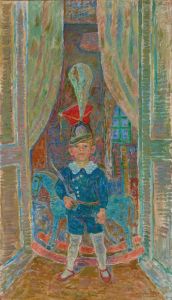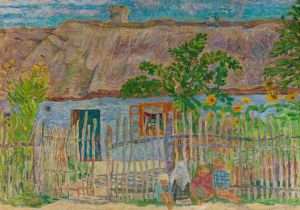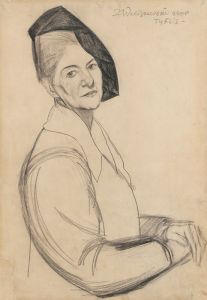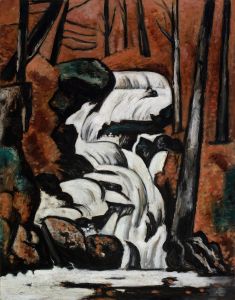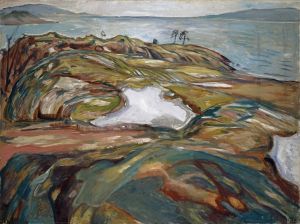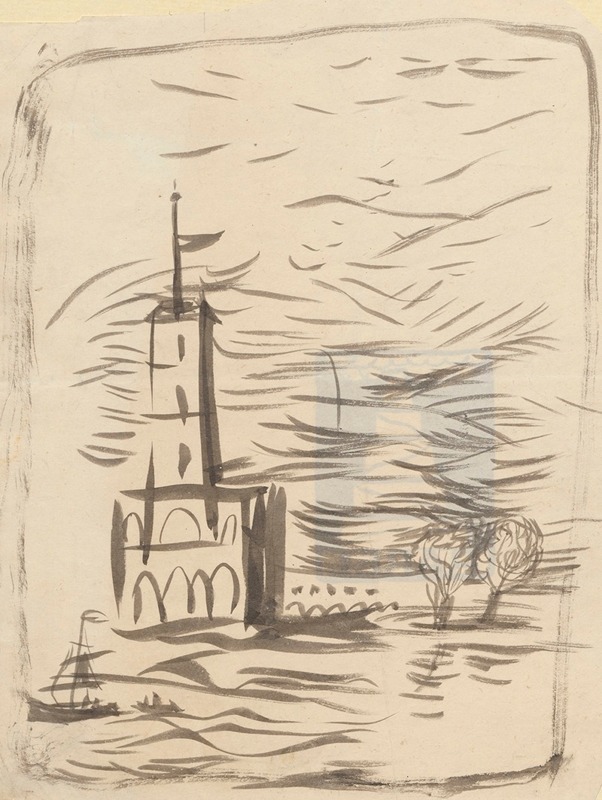
Sketch of a landscape
A hand-painted replica of Zygmunt Waliszewski’s masterpiece Sketch of a landscape, meticulously crafted by professional artists to capture the true essence of the original. Each piece is created with museum-quality canvas and rare mineral pigments, carefully painted by experienced artists with delicate brushstrokes and rich, layered colors to perfectly recreate the texture of the original artwork. Unlike machine-printed reproductions, this hand-painted version brings the painting to life, infused with the artist’s emotions and skill in every stroke. Whether for personal collection or home decoration, it instantly elevates the artistic atmosphere of any space.
Zygmunt Waliszewski was a Polish painter known for his vibrant and expressive style, which often incorporated elements of Post-Impressionism and Fauvism. Born on December 1, 1897, in Saint Petersburg, Russia, Waliszewski moved to Poland, where he became an influential figure in the Polish art scene during the interwar period. He studied at the Academy of Fine Arts in Kraków under the tutelage of Józef Pankiewicz, a prominent Polish painter who played a significant role in introducing modern art movements to Poland.
Waliszewski's work is characterized by its bold use of color and dynamic compositions. He was part of the Kapists, a group of Polish artists who emphasized the importance of color in painting and were influenced by the French Post-Impressionists. This group was named after the Parisian art school, the Académie de la Grande Chaumière, where many of its members studied. Waliszewski's exposure to the vibrant art scene in Paris had a profound impact on his artistic development.
"Sketch of a Landscape" by Zygmunt Waliszewski is one of his notable works that exemplifies his approach to capturing the essence of a scene through expressive brushwork and a vivid palette. Although specific details about this particular painting are limited, it is likely that the piece reflects Waliszewski's interest in exploring the emotional and atmospheric qualities of the landscape rather than focusing on precise representation. His landscapes often convey a sense of movement and energy, achieved through loose, gestural strokes and a harmonious blend of colors.
Throughout his career, Waliszewski was known for his versatility, creating not only landscapes but also portraits, still lifes, and genre scenes. His ability to infuse his works with a sense of vitality and emotion made him a respected figure in Polish art circles. Despite his relatively short life—he passed away on October 5, 1936, in Kraków—Waliszewski left a lasting impact on the Polish art world.
Waliszewski's contributions to art were recognized posthumously, and his works are held in high regard in Polish museums and collections. His paintings continue to be studied and appreciated for their innovative use of color and form, which reflect the broader trends in European art during the early 20th century. As a member of the Kapists, Waliszewski played a crucial role in bridging Polish art with the avant-garde movements of Western Europe, helping to shape the direction of modern art in Poland.
In summary, Zygmunt Waliszewski's "Sketch of a Landscape" is a testament to his skill in capturing the essence of nature through expressive techniques. While specific details about this painting are scarce, it remains an important part of his oeuvre, illustrating his commitment to exploring the emotional depth of his subjects. His legacy as a pioneering artist in Poland endures, with his works continuing to inspire and influence new generations of artists.






